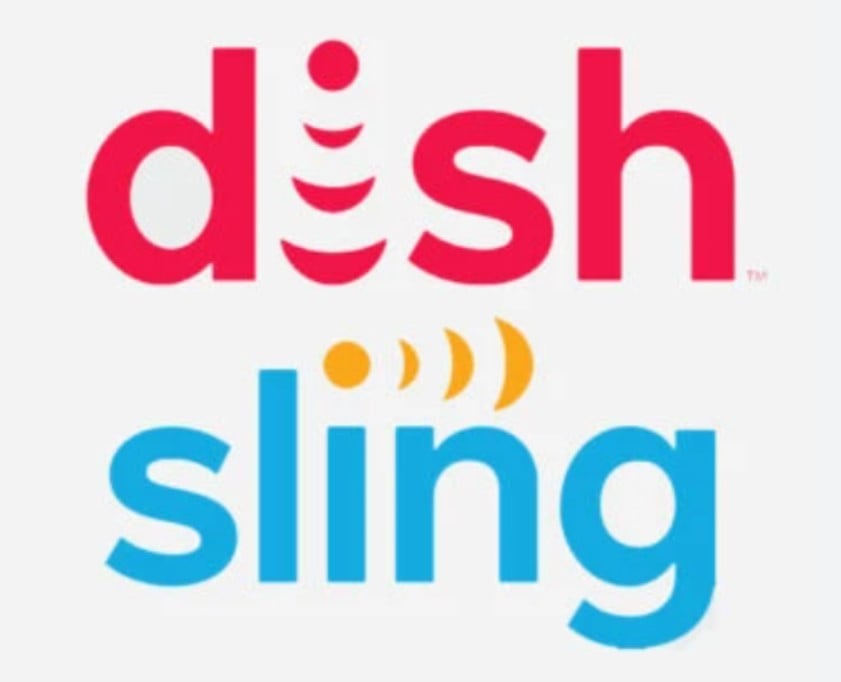
LOS ANGELES — There are a lot of names in an alphabet soup that have a connection to each other: Rakuten Mobile, Rakuten Communications Platform, Symphony, Altiostar and Dish Network. Although Dish has never said that it’s working with Rakuten to take advantage of its learnings in creating a greenfield network, Altiostar may be the glue that brings the two operators together. Let’s connect the dots.
Rakuten Mobile is the greenfield mobile network in Japan that is being built by and funded by Rakuten Group – the ecommerce giant.
Rakuten Communications Platform (RCP) brings together all the learnings from the creation and deployment of Rakuten Mobile.
Symphony is a new company led by its CEO Tareq Amin, who is also the CTO of Rakuten Mobile. In a conversation at Mobile World Congress in Los Angeles today, Amin said Symphony brings together RCP along with other technologies to offer global service providers a complete package in order to create next-gen mobile networks. He said the name “Symphony” was chosen because it conveys the idea of all the parts and pieces being orchestrated together.
RELATED: Rakuten creates Symphony, expands RCP ambitions
Altiostar is a company that was recently acquired by Symphony. According to Thierry Maupile — whose title is EVP of strategy & product management at Altiostar (a Rakuten Symphony Company) — Altiostar is responsible for all the network functions of Symphony including the RAN, core and edge. Altiostar CEO Ashraf Dahod will be running the Symphony Network Functions business unit. Maupile said the Altiostar brand name will probably go away fairly quickly and evolve to Symphony.
Dish Network is an American company that is building a greenfield 5G network. It has hired Altiostar as part of its network build. Altiostar is providing the open RAN software that will run on Dish’s radios.
RELATED: Dish’s Mayo talks 2021 buildout goals
Maupile noted that when Altiostar was purchased by Rakuten and became a part of Symphony, it brought along its customers, including Dish.
Asked if Dish will be using Symphony’s technology, Maupile said, “I believe this is something they will consider very beneficial to their plan.”
So there you have it, Dish and Rakuten are likely to be brought together by their relationships with Altiostar.
Symphony Symware
At MWC LA yesterday, Symphony announced it was teaming with Intel and Juniper to develop a new edge appliance named Symware. It combines containerized cell-site routing functionality from Juniper and a containerized distributed unit (DU) using Altiostar software on a single, general purpose server platform with Intel technology.
RELATED: Rakuten, Intel, Juniper team to simplify open RAN deployments
Speaking with Fierce on the sidelines of the show yesterday, Symphony’s Tareq Amin said Symware is a “cost optimized variant” of what Rakuten Mobile deployed in phase 1 of its network. It combines the cell-site router function, the DU, the fronthaul gateway, a real time operating system to run the radio application and a Kubernetes-based container management layer. All this software is contained in a temperature-hardened Intel x86 server platform that can be deployed at the cell site or in a data center.
Amin said it “completely replaces traditional basebands.”
“I use Rakuten as my lab,” he said. “Ideas don’t come from sitting in a room. Inefficiencies in phase 1 caused us to create this."
Maupile said, the Symware announcement is not just about technology. It’s about network operators being able to consume their network functions by subscription without having to constantly worry about changing out black boxes.
“The new consumption model is going to be a relief,” said Maupile. “It only requires a software upgrade.”
Symphony partners with Juniper
Interestingly, for the development of its Symware appliance, Symphony partnered with Juniper Networks (as opposed to Cisco) for the transport network routing functionality. Juniper is bringing a carrier-grade routing stack that enables Symware to support 5G slicing in both the RAN and transport.
Amin said for routing and switching, the two big players are Juniper and Cisco. He said “Cisco wasn’t ready” to work with Symphony on the new appliance. “Cisco is the world leader of cell site gateways with their hardware ASIC and their own hardware appliance,” said Amin. “We asked for a software, cloud-native product to enable virtual routing on an x86 appliance. That is on their roadmap. Juniper was able to meet our timelines. We will work with Cisco when and if they become ready.”
Update on Rakuten Mobile
Amin said Rakuten Mobile has reached a population coverage in Japan of 93%. It has deployed
43,000 base stations, and it has 12,000 base stations ready to go except for some missing components because of supply chain shortages related to silicon and electronics.
RELATED: AST's satellite service connects directly to cell phones on carriers' networks
After it deploys its final 12,000 base stations, Rakuten Mobile will have reached about 97% of the Japanese population. For the final 3%, it’s collaborating with the American company AST SpaceMobile to see if that’s a feasible strategy to reach the most remote and rural areas. Amin said Rakuten must get regulatory approvals to “transmit licensed spectrum from the sky,” which is a unique thing.
"dish" - Google News
October 27, 2021 at 11:01PM
https://ift.tt/3nC2vcv
Altiostar brings Rakuten and Dish together | FierceWireless - FierceWireless
"dish" - Google News
https://ift.tt/2MXZLF4

No comments:
Post a Comment